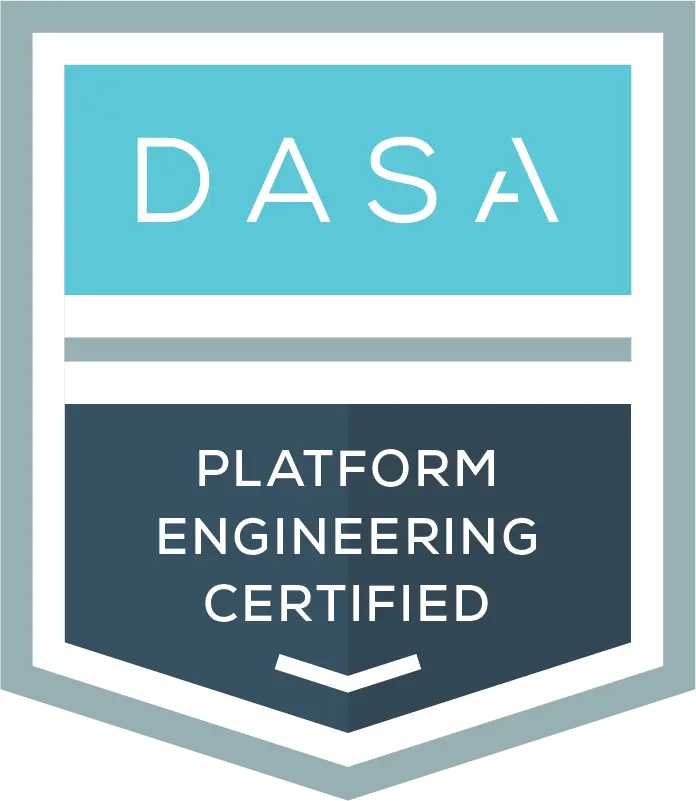Imagine a company divided into separate departments (like marketing, sales, IT, etc.) that act like isolated silos. Each team works independently, with strong boundaries between them. There’s minimal direct communication or collaboration. This leads to a “throw it over the wall” mentality where one team completes a task and simply hands it off to the next team without much interaction.
Downsides of Siloed Organizations
1. Slow Communication
In siloed organizations, information has to go through many layers to reach the right person. This takes time and often leads to misunderstandings.
Example: A customer complaint might need to navigate several departments before being resolved.
2. Limited Visibility
Teams don’t know what other teams are working on, what their goals are, or what problems they’re facing.
Result: This can lead to a lack of understanding and shared purpose across the company.
3. Duplication of Efforts
Because of poor communication and lack of visibility, teams might end up doing the same work without realizing it. This wastes time and resources.
Example: Two teams might both be developing similar marketing campaigns without knowing about each other’s work.
Impact on Agility and Customer Value
Agility
Siloed organizations are slow to adapt to change. When teams don’t collaborate, it’s difficult to quickly respond to new challenges or customer needs.
Customer Value
Customers suffer when communication is slow and teams are working in isolation. It can lead to delays, mistakes, and a lack of understanding of customer needs.
Breaking Down the Silos
Siloed organizations are like islands. They might seem self-sufficient, but their isolation hinders effective communication, collaboration, and ultimately, their ability to deliver value to customers.


DASA Platform Engineering
DASA Platform Engineering certification program ensures all stakeholders become champions of Platform Engineering, clearly articulating its value. It enables teams to align the platform vision with organizational goals, treat the platform as a product, design an optimal developer experience, and maintain customer-centricity.


